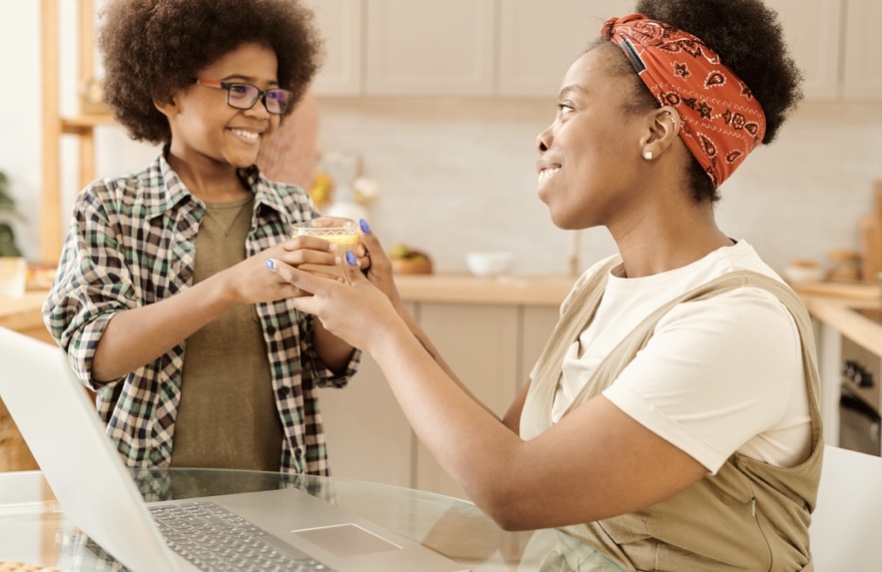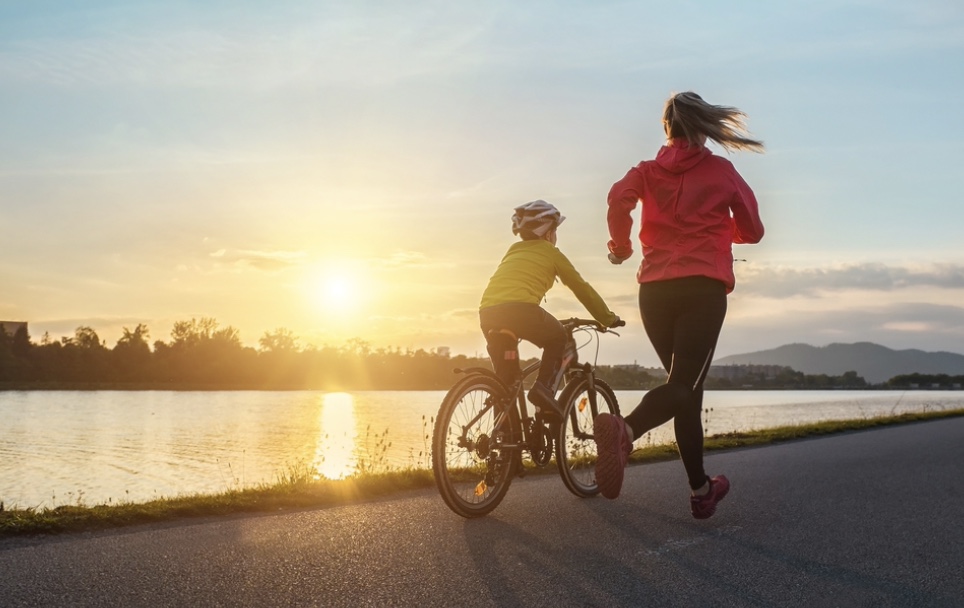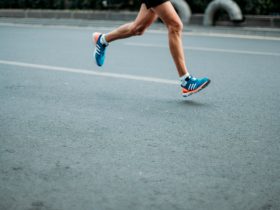Controlling incontinence is inconvenient for busy moms keeping up with their kids. Especially if you constantly travel when the children are playing sports. While bladder control products are solutions for incontinence, there are other ways you can tackle urinary incontinence (UI) conditions. Managing this minor condition with some lifestyle changes might help reduce some symptoms.
To help you with this journey, here are 12 tips for women of all ages. Before going into the discussion, you must know what UI is and its causes.
Reader's Roadmap
What Is UI?
UI stands for urinary incontinence and means the inability to control the bladder or urination. It is a common condition among women, and it can greatly affect their lives. Women are at higher risk during and after childbirth or if they are pregnant or menopausal.
Causes of Incontinence
Some of the reasons for urinary incontinence include:
- Excessive weight gain
- Drinking too much caffeinated beverages
- Constipation or irregular bowel movement
- Nerve damage to the bladder, pelvic floor muscles, or urethra because of childbirth
Tips for Managing UI
Below are valuable tips you can do consistently to help you manage urinary incontinence.
1. Perform Pelvic Floor Exercises
Pelvic floor exercises can be effective when you perform the routines properly. Practice two to three times a day after you find a workout you are comfortable doing. Kegel is a fun and popular pelvic floor exercise that is easy to perform. Squeeze and relax your pelvic floor muscles while lying on a mat or sitting erect in a chair.
2. Limit Your Intake of Drinks
Excessive drinking of alcoholic, caffeinated, and other beverage types typically overworks the bladder. Replace those types of drinks with water or limit your intake of caffeine and alcohol. Consuming more than two cups can place some women at higher risk of developing UI.

3. Train Your Bladder
As we can train our body for fitness, we can do the same with the bladder. After limiting your intake of the beverages listed above, it is important to strengthen your essential organ. Putting yourself on a schedule can help improve bladder control, though it may take some time before you see results.
4. Wear Bladder Control Products
Often a sneeze or cough may trigger bladder leakage and cause unexpected accidents. Wearing a bladder control product provides security when you are on the road or interacting with your others. There are brands on the market today in different sizes, comfortable materials, and shapes.
5. Create a Schedule for Fluids Consumption
Schedule the times you drink water and other liquids each day. One cup of fluid measuring eight ounces is the recommended amount per serving. Stop drinking beverages after 7:00 p.m. It helps you get a good rest at night without the need to use the bathroom frequently.
6. Meditation
Meditation and yoga are calming methods to help women relax and relieve stress. Set aside time frequently for self-care. Once you practice one of the methods, you can stay focused on your daily life activities and health.
7. Manage Your Digestive System
Manage your digestive system by eating the appropriate foods and exercising. When women are inactive and eat a lot of food containing sugar, they can develop constipation. Eating processed sweets in excess can also contribute to urinary incontinence.
If you get cravings for something sweet, naturally sweet fruits are options. Remember moderation when you drink and consume foods. You can receive positive results, including regular bowel movements (BM).
8. Eliminate Food and Beverage Irritants
Some foods and beverages can cause discomfort to the bladder and digestive system. You should avoid some fruits, including bananas, apples, tomatoes, and citrus fruits. You should also avoid spicy foods as well as alcoholic or caffeinated drinks. Be observant of the effects on your bladder when you eat or drink those food and beverage types. Avoiding them contributes to stronger bladder control.
9. Drink Water
Drinking the daily recommended amount of water helps to reduce constipation and has other benefits. Most nutritionists and doctors suggest drinking at least eight ounces of water every day. Remember, however, that you can overstress the bladder by consuming other drinks excessively.
9. Set a Bathroom Schedule
Usually, women need to urinate sometime after they eat a meal or drink a beverage. Working and active moms may benefit by modifying their habits to control the bladder. Record how often you urinate daily, and adjust your eating and drinking routines as needed. If you follow a schedule, it may reduce the number of times you go to the bathroom.
10. Manage Your Weight
If you recently put on extra pounds and are experiencing a loss of bladder control, begin managing your weight. Exercising and eating nutritional meals and healthy snacks play a significant role in weight loss. When exercising privately or at the gym, wearing comfortable incontinence liners is always a safe solution.

11. Avoid Heavy Lifting
Lifting heavy objects can trigger incontinence in women if they are pregnant or have a condition. Physically carrying or picking up your child may strain the pelvic floor muscles. If you have no other choice, do it safely. Tighten the muscles before and during the lift.
12. Use Vaginal Cones
For nearly four decades, vaginal cones have been a natural treatment for stress urinary incontinence. They are weighted devices used to train the pelvic floor muscles. The device works after insertion through interval contraction; the contraction prevents them from slipping. If you use vaginal cones for six months to a year, the result can be long-term urinary continence.







Leave a Reply
View Comments